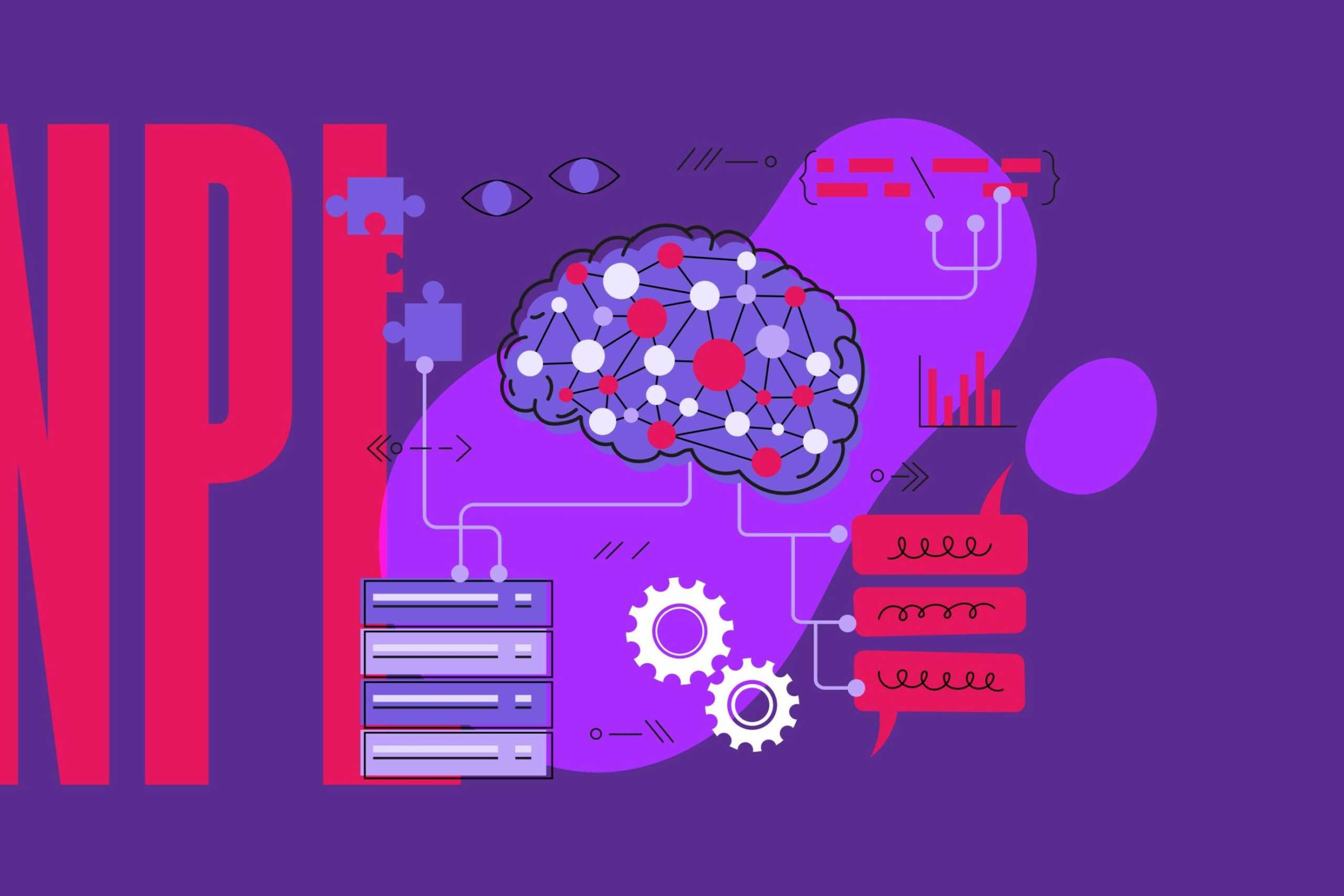
April 11, 2024
Picture yourself sailing a boat out on the ocean. Seeing the shore is impossible as thick fog sweeps in over the waves. Fortunately, you can see a lighthouse’s beam warning you to stay clear of the jagged cliffs up ahead. The ship’s captain waves you off when you point out this light and says he’d rather trust his instincts.
Forrester found that 50% of the decisions made by companies are intuitive and subjective. In the same way that a tall lighthouse warns sailors of danger with its powerful light beam, big data analytics could provide the direction and concentration needed to drive digital transformation.
With the unexpected disruption in the market, companies needed to digitize their interactions with staff and clients. Organizations of all shapes, sizes, and sectors have had to reinvent their business strategies and procedures, regardless of whether their objective is to compete, survive, or disrupt.
What Does Digital Transformation Mean?
The term “digital transformation” is frequently used, although it doesn’t have a universal definition, and different companies may interpret it in various ways. For a retail store, this could entail modifying its business plan to include online sales to its physical location.
However, a business already has a digital commerce set up, it could entail implementing new digital technologies or altering existing procedures to analyze consumer behavior and attributes to hyper-personalize its product offerings and enhance the customer experience.
Whatever definition you choose, a successful digital transformation requires the proper infrastructure, technology, and data strategy to modernize your business and make it a more competitive and agile player in the market. Technology, digital workflows, and organizational transformation are all necessary. Because data analytics is an essential catalyst for any digital transformation endeavor, they must be prioritized.
Why Does Data Analytics Drive Digital Transformation?
Businesses must adapt as consumers’ expectations and technologies change. A company’s ability to make fast, well-informed, data-driven decisions will decide its ability to compete and prosper. Data can also be sold as a product, allowing your business to compete in the digital market. It can also be utilized to develop new products or enhance current ones.
Analytics provide the insights that result in well-informed decision-making, whereas data supplies the facts. Using data analytics as the backbone of your digital transformation, both at the beginning and during, you may get past important contemporary business issues that can otherwise stand in the way of your successful data projects.
1. Problems with Data Quality
Good data can support a company in achieving its goals. However, failing to take action to guarantee data quality might result in expensive errors and lost opportunities.
When you value data as an asset for the entire organization, you can take ownership, management, and security of the data into consideration. These factors will improve decision-making throughout the organization by fostering transparency and trust in the data.
2. Data Silos
Segmenting and siloing data across many platforms, technologies, and business divisions can make it more difficult for enterprises to integrate the data, extract insights from it, and maximize its value.
You can consider technologies and techniques that enable merging data from many sources and systems to view the big picture when you use data analytics as the main driver of your digital transformation.
3. Complications with Legacy Applications and Systems
Legacy systems can be a security risk to the company since they are frequently expensive to update and maintain, and they can sometimes be difficult to integrate with other, more contemporary components of your infrastructure.
They make it harder for you to compete in the digital market. By approaching this from a data analytics perspective, you may choose technologies appropriate for the job and promote user adoption, agility, improved security, and peak performance.
4. Fulfilling Expectations of Customers
Today’s customers demand flawless end-to-end experiences, and businesses depend on data to help deliver them. Data enables you to gain insight into your target audience’s demographics, requirements, and preferences as well as what, when, and how often they buy and interact.
To satisfy evolving customer expectations, a digital transformation that prioritizes data analytics can facilitate the implementation of technology and procedures that will assist in gathering and analyzing that data.
Benefits of Using Data Analytics in Digital Transformation
There are obvious advantages to following a lighthouse when sailing wide waters. The same holds for data analytics. These are but a handful of the explanations for why you ought to incorporate them into your everyday activities, particularly as you head toward digital transformation.
1. Enhances the Efficiency of Digital Transformation
Utilizing data to examine user or client behavior allows you to make adjustments that will boost productivity and hasten the achievement of your objectives. For instance, you may utilize statistics to pinpoint the issue when customers are dumping the purchase process and modify it accordingly to boost the chance that they will finish it.
2. Assists in Formulating an Effective Digital Transformation Plan
A clearly defined plan is necessary before you start your digital transformation journey. You may be sure you don’t behave in a vacuum by basing decisions on the facts. Along the road, you can also keep note of the successes and setbacks of your strategy to figure out where, if necessary, to change course.
3. Allows Complex Process Automation
Automation lowers the possibility of error while also saving time and money. You can determine which procedures can be automated and gain insights into the most efficient ways to do it with data analytics. It will also be essential to the automation process, enabling the highest level of efficacy for any AI and machine learning algorithms.
4. Aids in Performance Monitoring
A thorough understanding of the success of your digital transformation can be obtained through data analytics. You can monitor important indicators to ensure your plan works, like page views, sales, and consumer involvement. This enables you to continue the forward motion of your digital transformation by making timely modifications.
5. Boosts Agility
Making judgments fast and correctly is made possible by data analytics, and this is a crucial component of agility in the digital transformation process. You are better equipped to react to shifts in the market or client expectations when you have access to the relevant data when required.
Challenges of Employing Data Analytics in Digital Transformation
Data analytics is a great tool, but it comes with some obstacles. To ensure data is reliable and helpful, you must first learn how to collect it and then appropriately evaluate it. Here are several challenges to be aware of.
1. Data Quality
Data analytics in the digital transformation strategy won’t function successfully without best-in-class data. Accordingly, the data must be precise, current, and reliable. The information also has to be unbiased and free of biases, having been gathered from trustworthy sources. This may present a hurdle, but accurate data analysis requires it.
2. Scalability
Data analytics is not a static process; it must be scalable to meet a company’s growing needs. As more data is generated, analytics must meet the demand. This can be pricey, but it is essential to ensure data analytics is effective and efficient.
3. Security
Addressing security concerns is crucial in data analytics. Because data is acquired from numerous sources, it is critical to guarantee that information is secure and that no illegal access occurs. As firms become reliant on sensitive data, implementing a data governance and management strategy becomes increasingly important.
Best Practices of Data Analytics in Digital Transformation
Knowing where a lighthouse is does not guarantee that your boat will arrive safely on shore. You must have a plan in place for how to use the information. Here are some best practices to follow when you embark on your data analytics journey.
1. Data Visualization
Data visualization is an effective tool for data analysis. It makes data easier to understand by presenting it visually. It can assist in discovering patterns, trends, and connections, allowing for more educated judgments.
Stormboard is a tool that brings all of these principles together. This data-driven collaboration platform delivers data to everyone on your team in an understandable format and automates the reporting process, ensuring that all stakeholders are updated on your processes.
2. Data democratization
Data democratization is making data available to all stakeholders that require it. This includes internal teams, customers, partners, and the general public. Data democratization allows companies to guarantee that all parties have access to the information they need to make the best decisions possible.
For data to be useful to your team, they must understand where to get it and how to use it. This procedure will necessitate training and updating your team’s analytical capabilities.
3. Automation
One essential element of data analytics is automation. Automation makes it possible to gather, process, and disseminate data quickly and effectively. Organizations may ensure accuracy and consistency while saving money, time, and resources by automating procedures.
The importance of data analytics in digital transformation has been highlighted by navigating through its domain. Businesses can make better judgments by using predictive modeling and historical data analysis. Data engineers’ skills and automation are making real-world applications easier to manage. Large volumes of occasionally unstructured data are being used.
Conclusion
The importance of data analytics in digital transformation has been highlighted by navigating through its domain. Businesses can make better judgments by using predictive modeling and historical data analysis. Managing large amounts of occasionally unstructured data to create real-world applications is becoming easier thanks to automation and the knowledge of data engineering services.
There has never been a stronger physical link between skillful data analytics and skillful business planning. In a time when strategic foresight is based primarily on data, effectively managing a business requires having a firm knowledge of data analytics. The capacity to interpret data not only reveals the state of the market but also encourages businesses to anticipate and react to emerging trends, resulting in the development of resilient, flexible, and forward-thinking strategies.
Contact us
Swan Buildings (1st floor)20 Swan StreetManchester, M4 5JW+441612400603community@developernation.net


